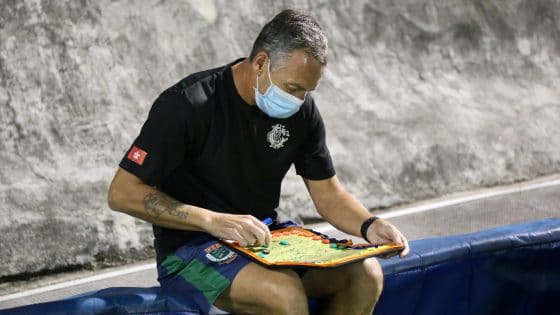While researching for an upcoming talk, I saw an online TIME article published a couple of years ago. It talks about lessons from history on what makes a good leader. Leadership is hands down one of the most popular and permeating subjects in the history of man – especially in business. Most if not all of the business gurus throughout the years have had a book or at least their own worldview of leadership.
When we think about leaders in the past, we think of politicians and statesmen, military generals and even religious leaders. When we think of leaders in today’s world, we would probably think of business icons, industry pioneers and visionary entrepreneurs.
Our default is to think of Great Men, and as I read further on the topic, I realized that the bias toward great men is unsurprisingly true. The first ever concept of leadership was that of the ‘Great Man’ and that leaders were somehow born through celestial intervention. This rejects the notion that leaders can be made and that leadership can be learned.
As more evidence (or the lack of it) ensued, other theories eventually emerged. The ‘Trait’ theory aimed to identify the right combination of characteristics that made up a leader. The ‘Behavioral’ theory argued that it is the actual behavior that defines a leader.
After sometime, the role of the environment was recognized, and the ‘Situational’ theory of leadership was born. ‘Different strokes for different folks’ was the ‘go-to’ proverb of its’ proponents, although certain groups contend that while different leadership situations necessitate different leadership styles – the leader himself isn’t particularly capable of changing and adjusting, and would often resort to their fixed and predetermined approach. Thus, in a different situation it was best to have a different leader instead.
The 1990s and the 2000s brought in gems like transactional and transformational leadership theory among others. After much reading, I basically realized that the understanding of leadership is ever changing and that there is no archetypal individual nor an exhaustive checklist of traits and behaviors that could ever fully describe a leader.
If I couldn’t fully describe what a leader is, then perhaps I should define what leadership is. The dictionary definitions however, are too literal and so I turned to the business gurus for guidance. Ultimately, I found an article by Kevin Kruse that provides an all-inclusive outline of leadership. Kevin is a Forbes leadership columnist and a NY Times Bestselling Author. I assume he knows what he is talking about. He described leadership as “a process of social influence, which maximizes the efforts of others, towards the achievement of a goal.”
It made sense in several ways, it recognizes the basic tenet of having followers, of leading as also influencing, and more importantly having the direction of achieving a goal. In addition, he mentioned that what makes his definition quite unique was the inclusion of a maximizing motive.
But where does the leadership path start?
John Maxwell’s highly popular ‘Five Levels of Leadership’ looks at the nature of the leadership relationship from leading through positional authority to being able to lead out of vulnerability. Jim Collins’ ‘Level Five Leadership’ brings with it empirical strength and takes a deep look at the journey of a person as a Highly Capable Individual (Level One) to an Executive (Level 5) that significantly contributes to an organization’s greatness.
I have always believed that leadership is for everyone and that everyone has their own journey to pursue. The leadership path starts with understanding the various concepts of leadership, accepting that it is ever changing and that this necessitates continuing study.
It is equally important not to be pulled apart by the various definitions and personality checklists that surround us in popular literature. Having a clear definition of leadership is imperative, and having a healthy and realistic characterization of traits and behaviors will be essential in sustaining our pursuit.
Lastly, we need to outline our journey and adopt a framework that best suits our situation. The journey of leading starts with ourselves and we must continue to develop ourselves in order to lead others. Having the capability of leading others will eventually open up opportunities for leading organizations and ultimately define our path of leadership.
Tiga Cabaran Besar Untuk Berubah
Iks is a Pharmacy graduate from the University of Santo Tomas and has spent two decades as a Marketing Executive in the Pharmaceutical Industry. He has left his corporate career to pursue his passion for connecting and inspiring people - Publishing a book on Career Advancement, creating The Inspiring Leader social media community and hosting The Inspiring Leader Podcast. Visit his blog.



















